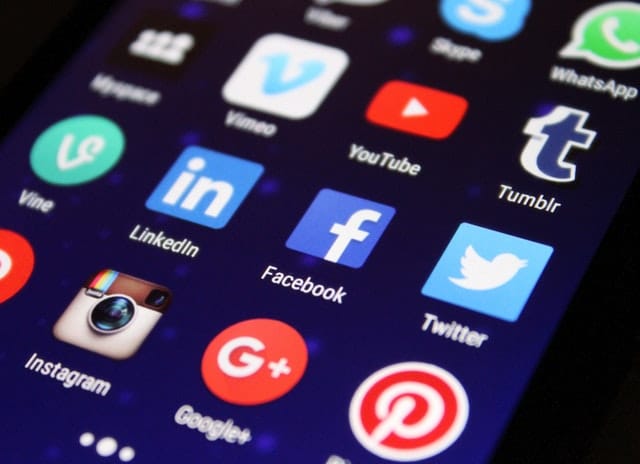Younger consumers have a new set of priorities and social media offers FMCG brands a great opportunity to meet them.
Fast moving consumer goods (FMCG) brands face a unique challenge when attempting to engage consumers. FMCG products are often seen as essential items, that people need to buy frequently, and that they often purchase on autopilot. Finding a brand they can depend on, and that’s available at a reasonable price, is often enough to prompt them to continue purchasing that brand out of habit.
But no sooner has the brand found a campaign that works for them, than the consumers change. So how do brands not only stand out in a fiercely competitive market but also stay on top of emerging trends among younger consumers?
For example, consumers don’t just want a good product for a fair price. Modern consumers have a whole slew of ethical concerns that they may consider before making a purchase decision.
Download: FMCG: Social media and the consumer
Looking beyond value for money
Nielsen found that a combined total of 60 per cent of millennial and generation Z shoppers will happily pay extra for products produced from sustainable sources, while only 15 per cent of those aged 50 and over would consider it. So it is important that brands highlight their position on social responsibility through all channels to attract and retain consumers from a young age.
In addition, millennials and generation Z know when a brand is trying to sell to them, and appreciate when a brand tries to engage them instead. They want to know what the real story is; being interested in authenticity and craving exclusive behind the scenes content is how to build a relationship with these generations.
Millennials place a high value on authenticity, and use social media as a way to express themselves, which is why 2014’s #NoMakeUpSelfie trend was so widespread. Brands like Dove are using this need for authenticity to create social media campaigns like Dove Real Beauty. Campaigns that don’t try to hard-sell products, but illustrate the values shared between the brand and its audience, can gain traction with these age groups. By taking its time to understand its audience and not use ‘traditional’ models in its campaigns, Dove has achieved significant brand awareness.
Give and take: rewards for personal data
Finally, studies have shown that both generation X and millennials are more willing to exchange their personal data with brands via mobile, if rewarded, than older generations are. One survey has shown that 44 per cent of US based FMCG brands are currently developing mobile loyalty plans to take advantage of this.
For example, when Coke launched its ‘named bottles’ it originally included the most popular names in the UK. However, due to the popularity of having your name on a Coke bottle it was inundated with requests for additional names to be added. As a result, consumers could request online their own name being added to the list of personalised bottles all for the ‘price’ of a few personal details – invaluable information for brands looking to increase the impact of targeted campaigns.
It is this engagement with brands via a channel that they use daily – if not hourly – that builds the relationship that this group of consumers crave. They have been raised with social media. It’s influenced the way they communicate, the speed with which they expect information and services, and their relationship with brands.





